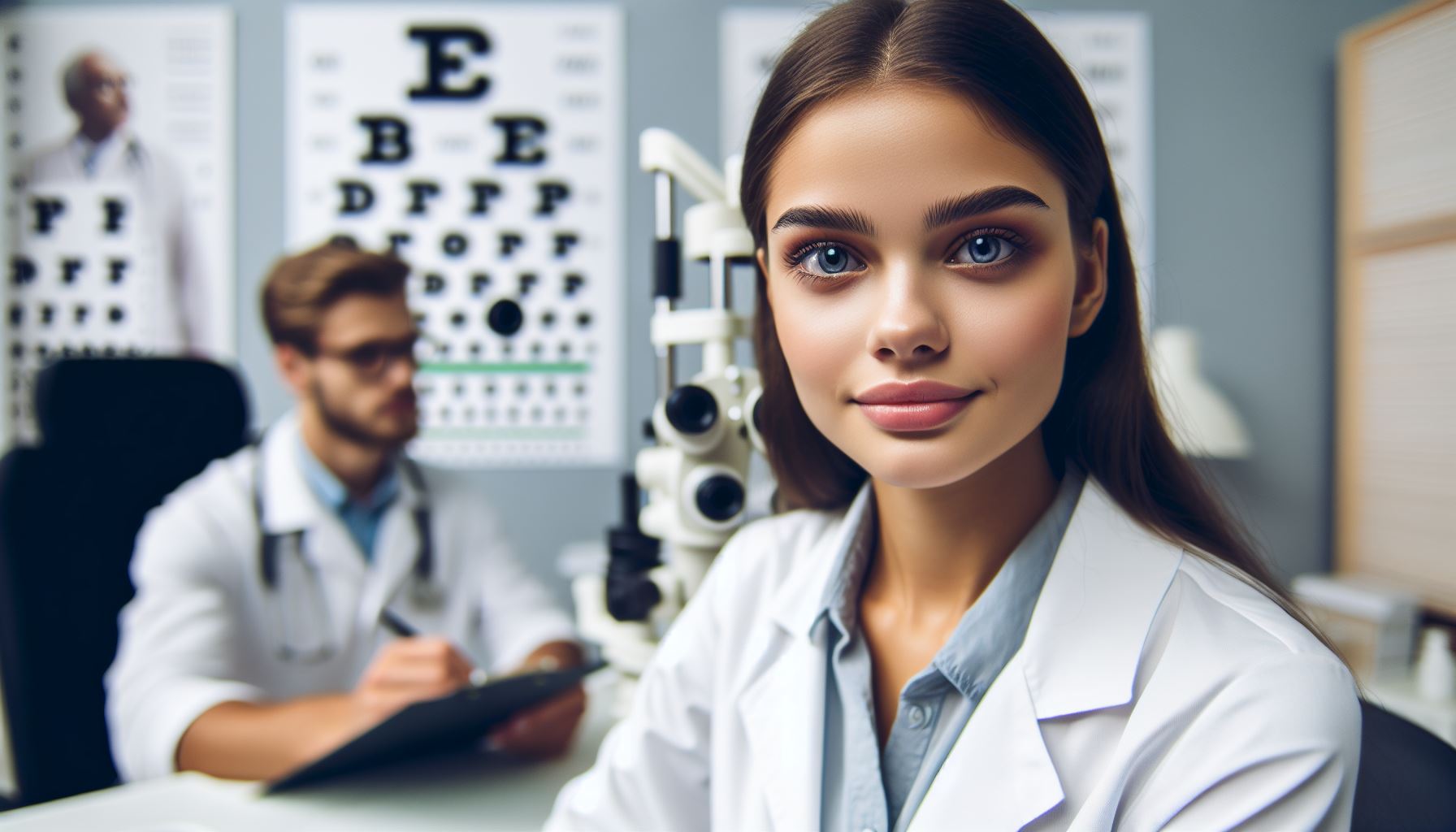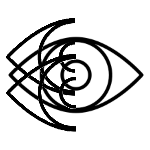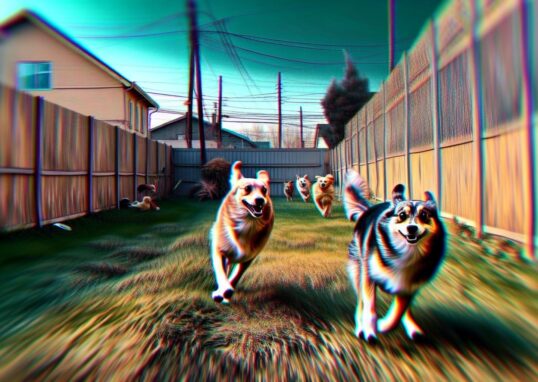
Age-Related Macular Degeneration (AMD) is a prevalent eye condition that significantly impacts vision, particularly in individuals over the age of 50. It is classified into two types: exudative (wet) and nonexudative (dry). This essay focuses on nonexudative AMD, which accounts for about 90% of all AMD cases.
The terms “exudative” and “nonexudative” are used in the context of age-related macular degeneration (AMD) to describe different forms of the disease. Let’s break down why these terms are used:
- Exudative (Wet) AMD:
- Explanation: The word “exudative” refers to the process of fluid leakage. In wet AMD, abnormal blood vessels grow behind the retina.
- Mechanism: These blood vessels are fragile and leaky, leading to the accumulation of fluid and blood in the retinal tissue.
- Visual Impact: The leakage causes sudden and severe visual distortion, resulting in rapid vision loss.
- Clinical Significance: Clinicians use the term “exudative” to emphasize the active leakage and the urgent need for intervention.
- Treatment Focus: Treatments for wet AMD aim to inhibit the abnormal blood vessels and prevent further leakage.
- Nonexudative (Dry) AMD:
- Explanation: The term “nonexudative” indicates the absence of active leakage.
- Drusen Formation: In dry AMD, drusen deposits accumulate behind the macula. Drusen are waste materials that hinder nutrient absorption by photoreceptor cells.
- Visual Impact: Dry AMD progresses slowly, causing gradual central vision impairment.
- Clinical Significance: The term “nonexudative” highlights the lack of active fluid leakage in this form of AMD.
- Treatment Challenge: Currently, there are no specific treatments for dry AMD, as it does not involve active blood vessel growth.
In summary, these terms help clinicians differentiate between the two major forms of AMD based on their underlying mechanisms and clinical implications. “Exudative” emphasizes leakage and urgency, while “nonexudative” signifies a slower, non-leaky progression.
Nonexudative AMD is characterized by the slow progression of vision loss due to retinal atrophy and degeneration of the central retina. Unlike its exudative counterpart, which can cause rapid and severe vision loss, nonexudative AMD typically progresses at a much slower pace. However, it can still lead to significant vision impairment over time.
Early symptoms of nonexudative AMD include difficulty adapting to changes in light levels and fluctuations in vision. For instance, individuals may find it challenging to adjust to indoor lighting after being outside. They may also experience distortions in their vision, such as straight lines appearing wavy. These symptoms can make daily activities like reading or recognizing faces difficult.
Diagnosing nonexudative AMD:
- History and Physical Examination:
- Eye care professionals begin by taking a thorough patient history and conducting a physical examination. They inquire about symptoms, risk factors, and any relevant medical conditions.
- During the physical exam, they assess visual acuity and perform a detailed examination of the retina.
- Signs and Symptoms:
- The hallmark findings in nonexudative AMD include:
- Drusen: These are small yellow deposits that accumulate under the retina. Drusen can be observed during fundus examination.
- Changes in Retinal Pigment Epithelium (RPE): Eye care professionals look for alterations in the RPE, which lines the back of the eye.
- The hallmark findings in nonexudative AMD include:
- Diagnostic Procedures:
- Several imaging tests aid in diagnosing nonexudative AMD:
- Fundus Fluorescein Angiography (FFA): This test involves injecting a fluorescent dye into the patient’s bloodstream. The dye highlights blood vessels in the retina, helping identify abnormalities.
- Optical Coherence Tomography (OCT): OCT provides high-resolution cross-sectional images of retinal layers. It helps visualize drusen, RPE changes, and other structural details.
- Amsler Grid Test: The Amsler grid is a valuable tool. Patients focus on a grid of straight lines, and any distortions or missing areas can indicate AMD.
- Several imaging tests aid in diagnosing nonexudative AMD:
- Differential Diagnosis:
- Eye care professionals differentiate nonexudative AMD from other retinal conditions, such as diabetic retinopathy, retinal vein occlusion, and myopic degeneration.
The pathophysiology of nonexudative AMD is complex and multifactorial. It is associated with both genetic and environmental factors. For example, variations in the Complement Factor H (CFH) gene have been linked to an increased risk of developing AMD. Environmental influences, such as smoking and diet, also play a role. The disease process involves the accumulation of deposits, known as drusen, below the retinal pigment epithelium (RPE) layer. Over time, these deposits can lead to the death of photoreceptor cells, the light-sensitive cells in the retina, resulting in vision loss.
Unfortunately, there is currently no cure for nonexudative AMD. However, certain strategies can help manage the condition and slow its progression. Antioxidant supplements, such as those containing vitamins C and E, zinc, and copper, have been shown to reduce the risk of AMD progression in some individuals. Regular screening for visual acuity can help detect changes in vision early, allowing for timely intervention. Lifestyle modifications, such as quitting smoking and adopting a diet rich in fruits and vegetables, can also help reduce the risk of AMD.
In advanced stages, nonexudative AMD can lead to a condition known as geographic atrophy. This is characterized by extensive atrophy of the retina, leading to severe vision loss. While this is a less common outcome than the neovascular complications seen in exudative AMD, it represents a significant challenge in the management of AMD due to the lack of effective treatments.
In conclusion, nonexudative AMD is a major cause of vision loss in older adults. While there is currently no cure, early detection and management strategies can help slow its progression and mitigate its impact on quality of life. As our understanding of the disease continues to evolve, it is hoped that new treatments will be developed to better manage this condition.
Here is a list of additional resources:
- Medscape
- Article on advanced nonexudative form of Age-Related Macular Degeneration (AMD), highlighting severe central visual-field loss due to atrophy.
- National Institutes of Health (NIH)
- A study by AR Fernandes discussing the impact of nonexudative AMD on central vision and its comparison with wet AMD.





